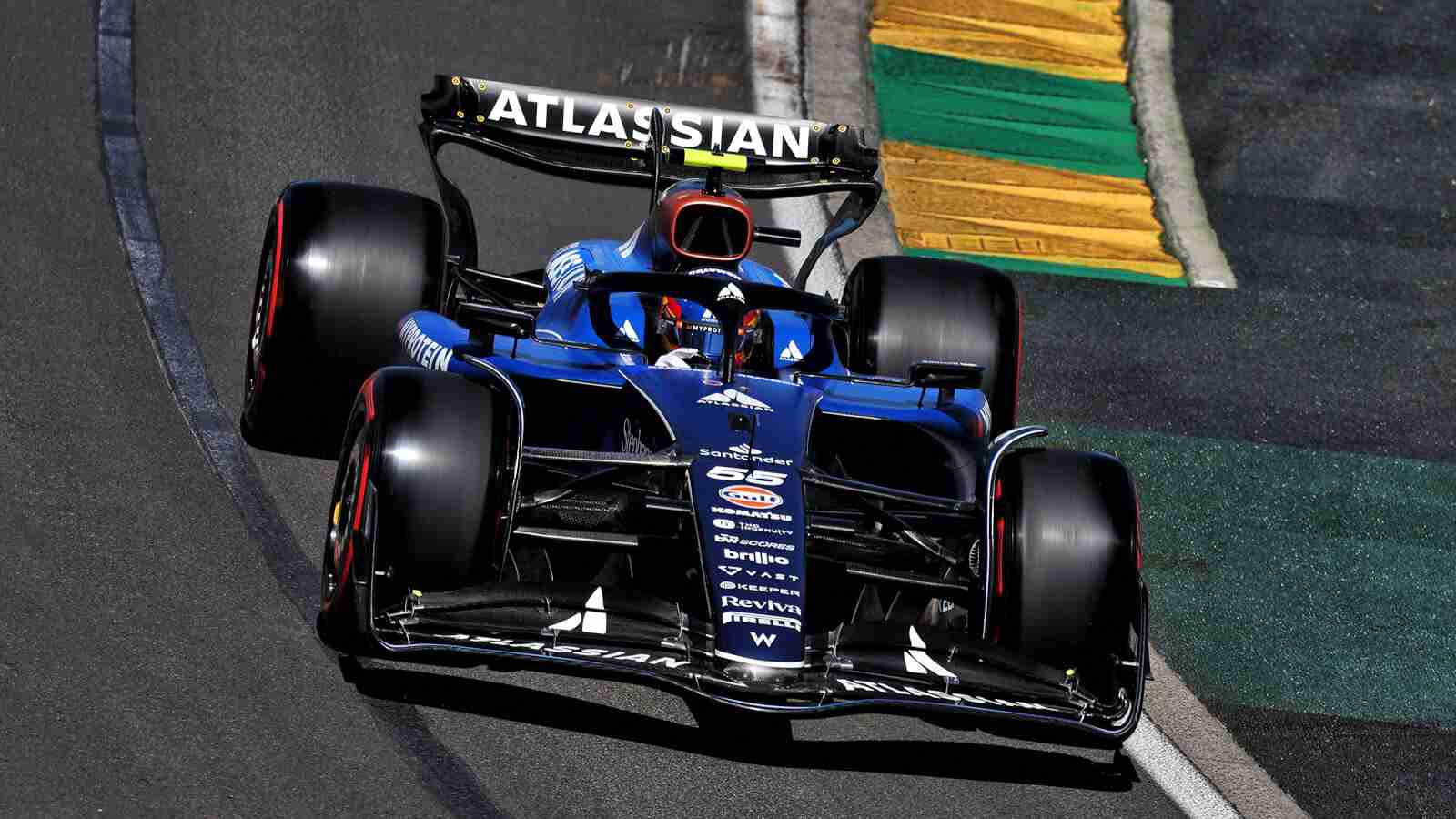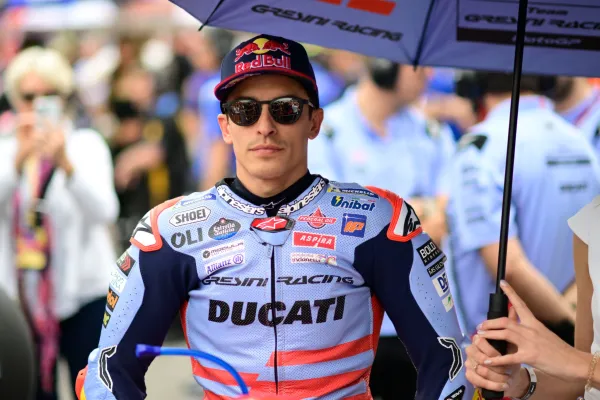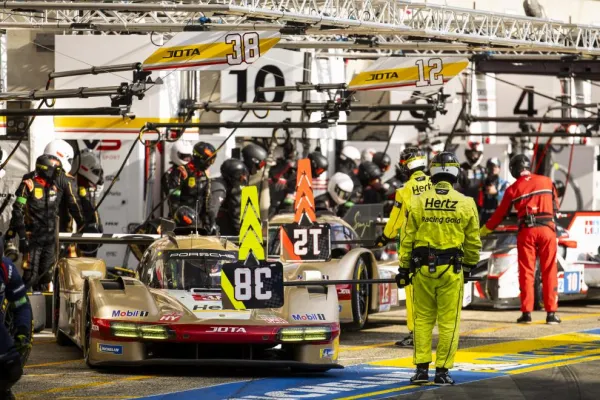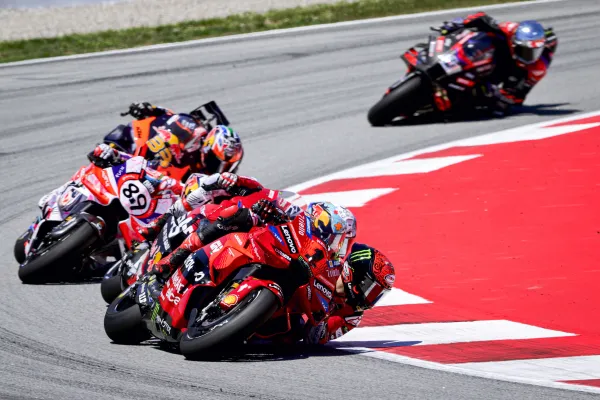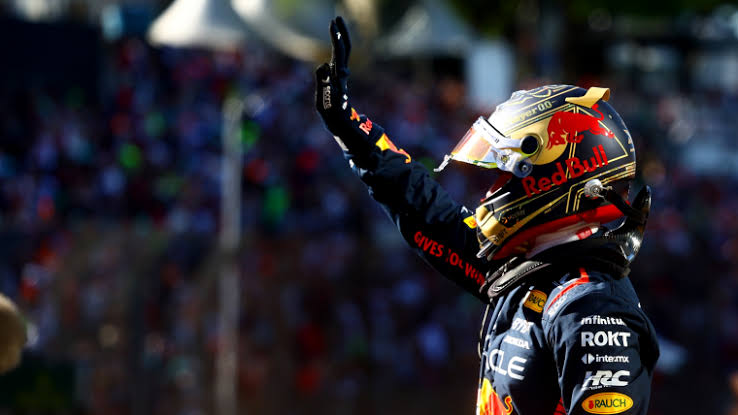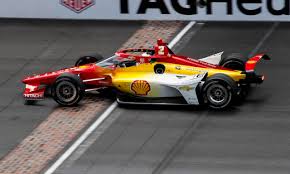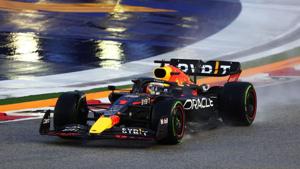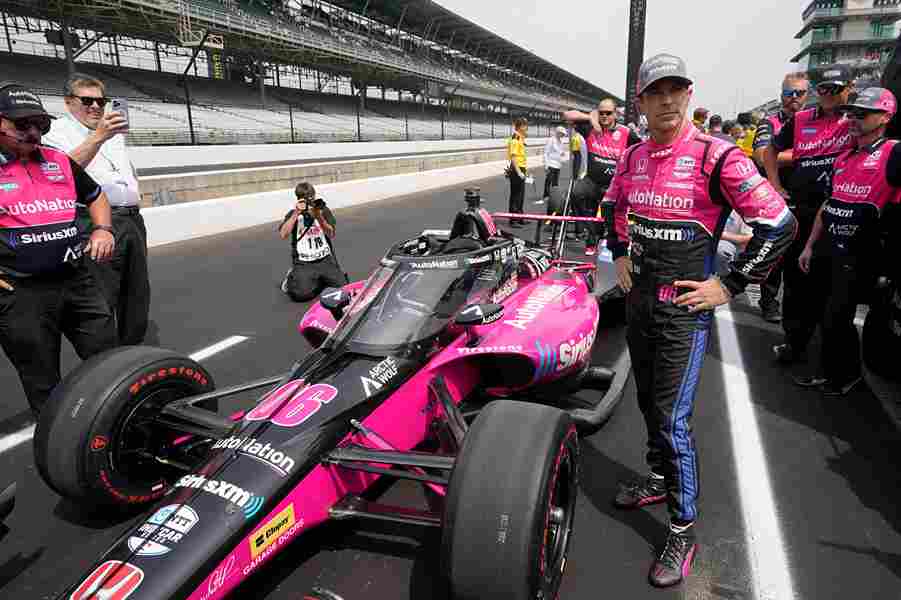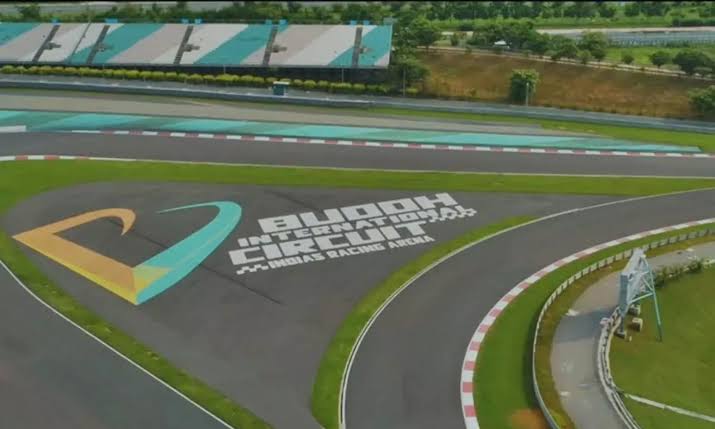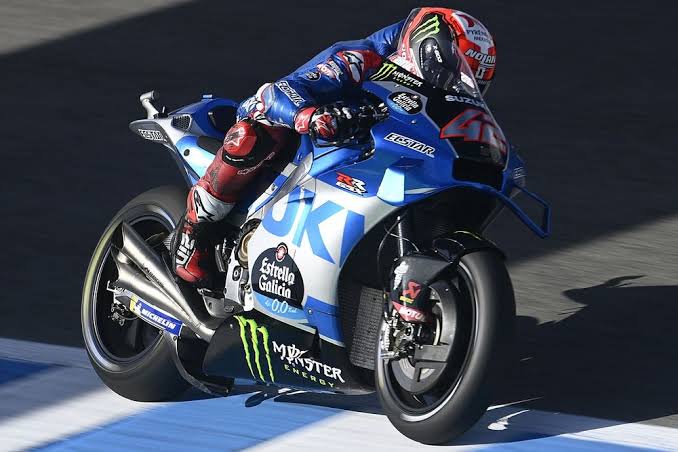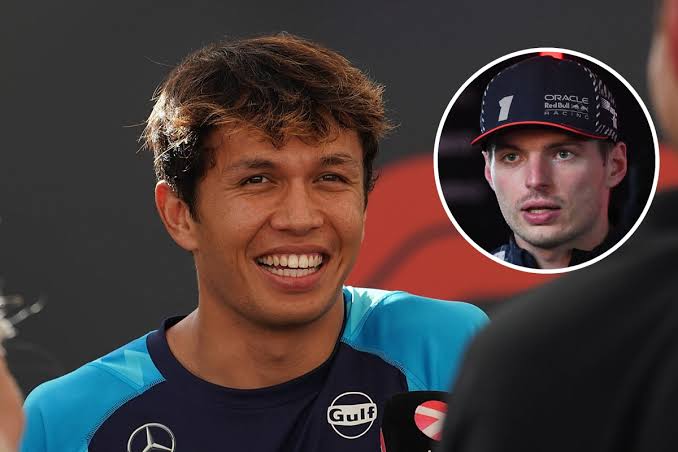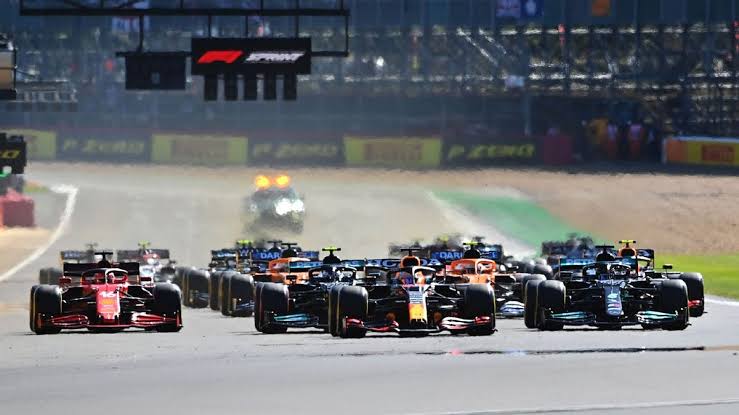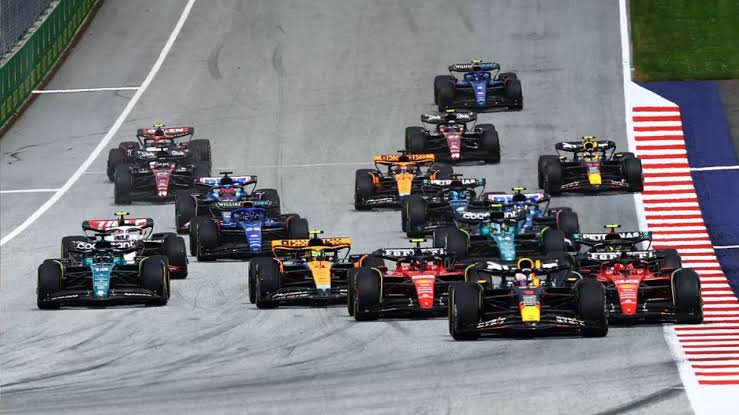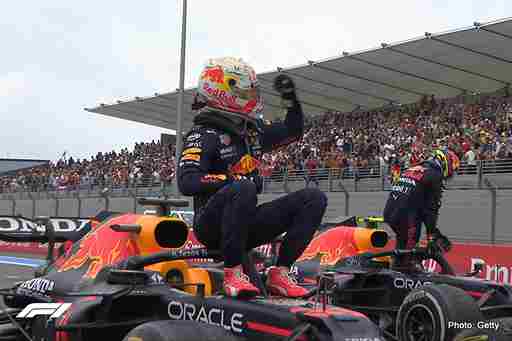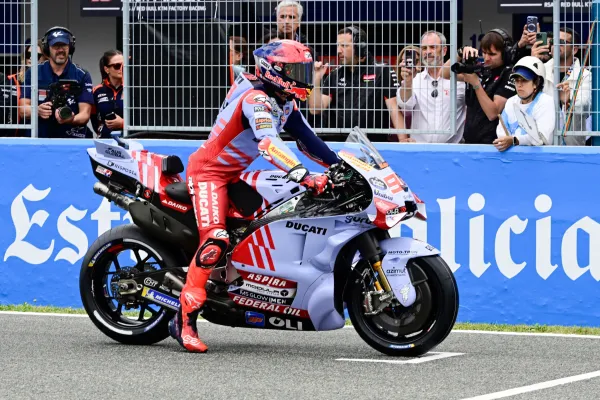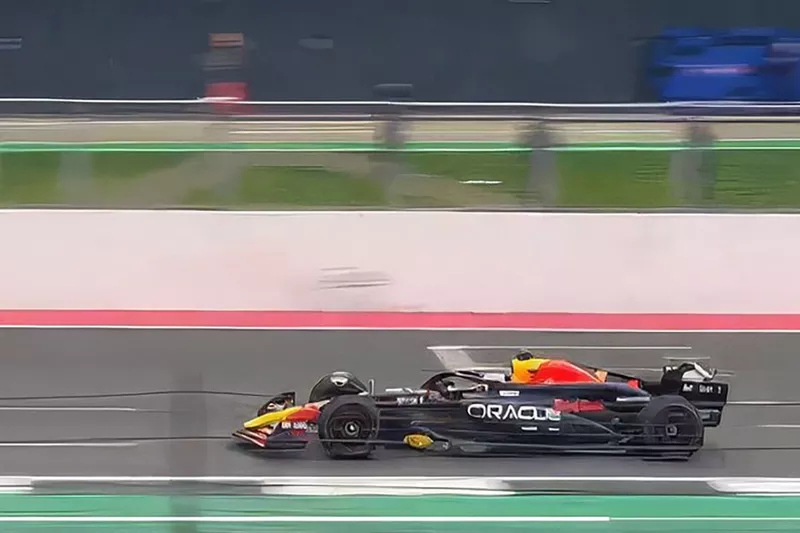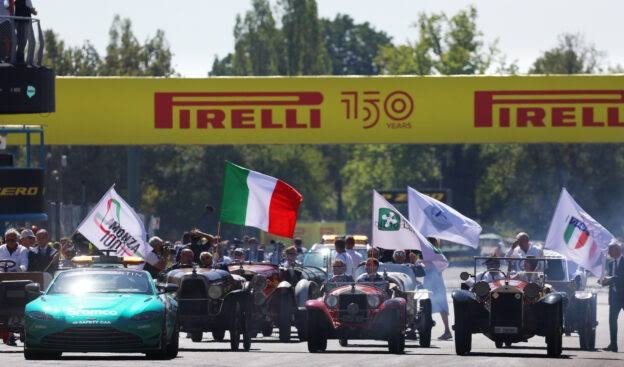Unveiling The Truth: Carlos Sainz And The Williams FW47 Chassis
The 2025 Formula One season has ushered in a wave of excitement, speculation, and challenges, particularly surrounding Spanish driver Carlos Sainz Jr. and his new team, Williams Racing. As Sainz takes the wheel of the Williams FW47, questions about its performance and the implications for his career have emerged. This article aims to dissect the truth behind the FW47 chassis, explore Sainz’s transition to Williams, and analyze the factors influencing his performance on the track.
The Williams FW47: A Technical Marvel
The Williams FW47 is a product of cutting-edge engineering and design, representing a significant evolution from its predecessor, the FW46. Built to compete in the 2025 F1 World Championship, this car is not just a machine; it’s a culmination of years of expertise and innovation. Below are some key features that define the FW47:
1. Engine Specifications
At the heart of the FW47 lies a Mercedes-AMG M16 E Performance 1.6L V6 turbocharged hybrid engine. This powerhouse delivers an impressive output of approximately 740 horsepower, complemented by an electric motor that contributes an additional 161 horsepower. The hybrid system allows for enhanced acceleration and efficiency, crucial for maintaining competitive lap times.
2. Chassis Design
The chassis is constructed from a carbon-fiber composite monocoque, ensuring both lightweight properties and exceptional rigidity. This design adheres to modern F1 safety standards while optimizing aerodynamic performance. The monocoque structure is engineered to withstand high-speed impacts while providing drivers with maximum safety.
3. Suspension System
The FW47 features a sophisticated double-wishbone push-rod suspension system at both the front and rear. This configuration enhances handling characteristics by allowing for better tire contact with the track surface, thus improving grip and stability during cornering.
4. Weight Management
Weighing in at approximately 800 kg (including driver but excluding fuel), the FW47 meets F1’s stringent weight regulations while ensuring optimal performance dynamics. The careful balance between weight and power output is critical for achieving competitive lap times.
5. Tire Selection
Equipped with Pirelli P Zero tires for dry conditions and Cinturato tires for wet weather, the FW47 is designed to adapt seamlessly to varying track conditions. This versatility is essential for maximizing performance across different circuits throughout the season.
Want to know how other F1 teams leverage technology for competitive advantage? Check out our article.
Carlos Sainz’s Transition to Williams
Carlos Sainz’s move to Williams Racing was seen as a pivotal moment in his career after previous stints at Ferrari and McLaren. His arrival was part of Williams’ strategic plan to rebuild their legacy following a disappointing ninth-place finish in the Constructors’ Championship in 2024.
Sainz’s reputation as a skilled driver made him an attractive choice for Williams, which aimed to harness his experience and talent to enhance their competitiveness on track. However, early performances raised eyebrows as Sainz struggled to match his teammate Alexander Albon’s pace.
Early Season Performance
In pre-season testing, Sainz exhibited promising speed that fueled optimism among fans and analysts alike. However, as the season progressed, discrepancies in performance became apparent:
In Australia, Sainz faced a disappointing crash during qualifying, which ultimately led to his early retirement from the race.
In contrast, Albon showcased remarkable consistency with strong finishes—securing fifth place in Australia and seventh in China.
These results led to speculation about whether Sainz was facing challenges with his chassis or setup compared to Albon’s more successful approach.
The Chassis Controversy: Fact or Fiction?
As rumors swirled regarding potential disadvantages associated with Sainz’s chassis, many began questioning whether he was using an outdated or inferior version of the FW47. Some reports suggested that budget constraints might have forced Williams to modify an older chassis design for Sainz.
However, Williams Racing swiftly addressed these rumors, asserting that both drivers were equipped with identical FW47 chassis—each benefiting from state-of-the-art engineering tailored for 2025. The team emphasized that any perceived performance gap was not due to equipment disparities but rather other influencing factors.
Identical Machinery
Williams confirmed that they had three identical chassis available for their drivers—ensuring equal opportunities on track. The monocoque for 2025 indeed builds upon lessons learned from the previous year but includes significant modifications aimed at enhancing overall performance.
This clarification underscores that any differences in performance between Sainz and Albon are likely due to various elements such as driving style, setup preferences, or unforeseen technical challenges rather than inherent flaws in the chassis itself.
Sainz’s Struggles: The Setup Puzzle
Despite having access to identical machinery, Carlos Sainz has faced difficulties in extracting consistent performance from his FW47. He described this period as “one of the most puzzling” experiences of his career—often finding himself unable to match Albon’s setups despite mirroring them closely.
Setup Challenges
Sainz’s struggles can be attributed to several factors:
Driving Style: Each driver has a unique driving style that can significantly impact how they adapt their car’s setup. While Albon may thrive under certain configurations, Sainz might require different adjustments to feel comfortable and confident behind the wheel.
Data Analysis: The team relies heavily on data analysis from practice sessions and races to optimize car setups for each driver. If Sainz’s data indicates different handling characteristics than Albon’s, it could lead to conflicting setup choices.
Communication: Effective communication between drivers and engineers is crucial in fine-tuning setups. If there are misalignments in understanding how each driver prefers their car adjusted, it could hinder performance improvements.
As Williams engineers work diligently to decode this setup conundrum ahead of upcoming races—most notably before the Japanese Grand Prix—there remains hope that they can unlock Sainz’s potential within the FW47.
Curious about how other F1 teams solve complex engineering challenges? Check out our article.
What Sets the FW47 Apart?
While controversies have surrounded its debut season, it’s essential to recognize what makes the FW47 stand out among its competitors:
1. Hybrid Powertrain Innovation
The integration of hybrid technology marks a significant leap forward for Williams Racing. By utilizing kinetic energy recovery systems (KERS) alongside traditional power sources, teams can maximize efficiency during races—ultimately leading to improved lap times without sacrificing speed.
2. Aerodynamic Refinements
Building on lessons learned from previous seasons—particularly regarding weight distribution—the FW47 prioritizes aerodynamic efficiency through innovative design features such as:
Enhanced front wing profiles
Optimized rear wing designs
Improved airflow management around suspension components
These refinements contribute not only to downforce but also minimize drag—a critical factor in achieving higher speeds on straights.
3. Reliability Improvements
Unlike last year’s struggles with spare parts availability due to supply chain issues exacerbated by global events like COVID-19 disruptions, Williams entered this season better prepared with multiple chassis ready for deployment if needed.
This proactive approach ensures that both drivers have reliable equipment throughout each race weekend—reducing risk factors associated with mechanical failures during crucial moments on track.
Curious about how hybrid technology is revolutionizing motorsport? Learn more in our detailed guide.
The Road Ahead for Carlos Sainz
For Carlos Sainz Jr., overcoming early-season challenges will require patience coupled with adaptability—a hallmark trait exhibited by successful drivers throughout history. While his struggles are evident thus far into 2025 season; they also highlight just how competitive modern Formula One has become where even minor setup discrepancies can result in significant performance gaps between teammates.
Building Confidence
To regain confidence on track moving forward:
Open Communication: Establishing clear lines of communication between himself and engineers will be vital in fine-tuning setups tailored specifically towards maximizing his strengths behind wheel.
Data Utilization: Leveraging data analytics effectively will help identify areas requiring improvement while capitalizing upon existing strengths within current configurations.
Mental Resilience: Maintaining mental resilience amidst challenging circumstances is crucial; focusing on incremental progress rather than immediate results can foster long-term growth within both driver skillset & team dynamics alike.
Williams Racing remains optimistic about turning things around for their star driver; continuous analysis coupled with collaborative efforts between engineers & drivers could yield positive outcomes ahead of future races—especially as they prepare for upcoming circuits known for their unique challenges such as Suzuka or Spa-Francorchamps where skillful driving plays an integral role!
Conclusion: Debunking Myths Around Carlos Sainz’s Chassis
In conclusion—the truth behind Carlos Sainz’s experience with Williams’ FW47 chassis reveals no inherent disadvantage or outdated equipment at play; instead what we see unfolding are typical challenges faced by athletes adapting into new environments while navigating complexities associated with high-performance motorsport settings!
As fans eagerly await further developments throughout this unfolding narrative—one thing remains clear: Formula One never fails delivering drama both on & off track!
Final Thoughts
Carlos Sainz’s journey with Williams highlights not just individual challenges but broader themes within Formula One—team dynamics; engineering precision; relentless pursuit excellence! As we continue following this narrative through 2025—it serves as a reminder that motorsport embodies overcoming adversity just as much celebrating triumphs!
Discover how legendary F1 teams built their dynasties through innovation!
With each passing race weekend ahead lies opportunities not only redefine narratives surrounding individual drivers but also shape legacies forged upon tracks worldwide!
